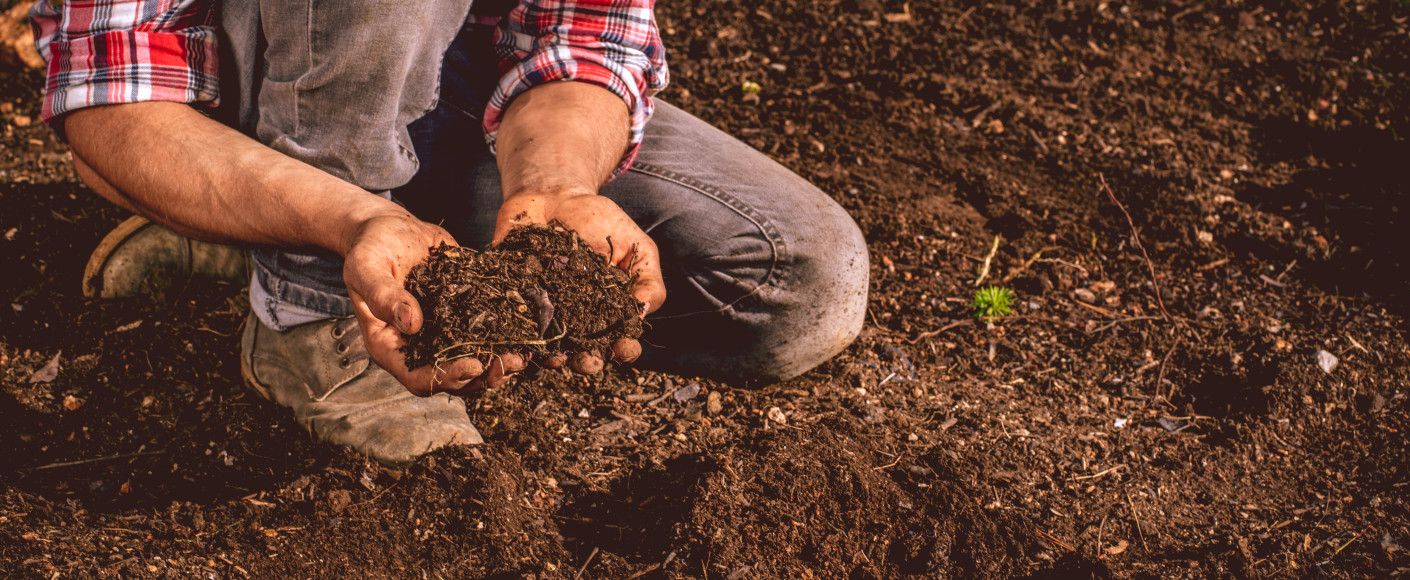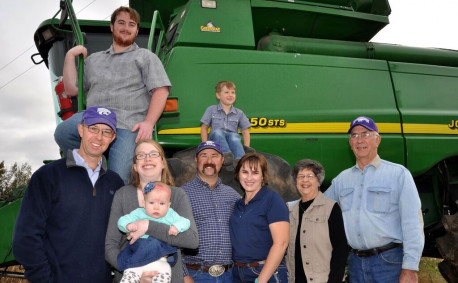The Dirt on Kansas Soil
Maybe you’ve watched your kids making mud pies, marveling at growing flowers, or just tracking dirt in the house! As fun (or aggravating) as that might be, you might not realize just how important that ‘dirt’ is to the food we enjoy eating every day.
It’s so important, in fact, that we named a state soil. That’s right, Kansas is one of a handful of states to have a state soil, and ours is Harney silt loam.
About Harney Silt Loam
Harney silt loam soil covers nearly four million acres of Kansas. Its soil profile is perfect for producing fertile ground and great crops.
It’s a mix of:
- 70 percent silt, which allows plant roots to develop deep into the ground and collect water
- 15 percent clay, which packs the soil and helps hold water
- 15 percent sand, which lets enough water drain so as to not drown crops
Harney soils developed from loess, a wind-blown sediment that sits 35-70 inches below surface level. On top of the loess, Harney soil sits between 12 and 35 inches below the surface. Finally, topsoil tops off the Harney silt loam profile. The topsoils are made as the prairie grasses of Kansas die in the winter, decompose and fill the soil with nutrients, leaving behind the perfect mixture of organic matter and Harney soil.
Soil is an important part of the Kansas economy. Across the state, nearly 50 percent of it is covered in crops, while 34 percent is covered in range and pasture lands, according to the Natural Conservation Resource Service. This land provides nearly $8.7 billion in annual income through our number one industry, agriculture.
Soil Conservation
Although Kansas is blessed with abundant soil, each year 190 million tons of Kansas topsoil is degraded through human activities. It took hundreds of years to create the Harney silt loam soil in Kansas and it’s not easily renewed.
To help preserve the soil, farmers use sustainable techniques like cover cropping and no-till. Each of these allows soil to build nutrients and improve soil structure. No-till crop ground allows soil nutrients to stay below the surface and reduces the erosion of soil nutrients and can often be used in conjunction with cover cropping.
Cover crops help reduce water runoff that not only carries away water, but often takes nutrients that help crops grow.
Family Activities
To get your family’s hands dirty, try one of these kid-friendly activities to learn more about our soil:
- Soil erosion experiment using recycled 2-liter bottles
- Edible soil recipe
- Living soil activity book from the USDA
- More fun games and experiments
With just a few steps or ingredients, you can have fun learning more about soil!




